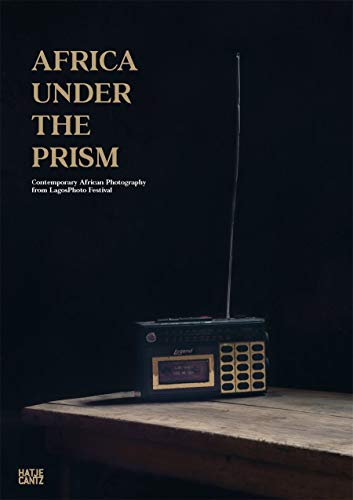Secrets of Saffron - The vagabond life of the world's most seductive spice | Pat Willard usato Manualistica Piante Animali
There are few words as evocative as saffron. Over thousands of years it has perfumed the halls of Crete's palaces, made Cleopatra more alluring, and driven crusaders and German peasants to their deaths. While spices that drove adventurers to the ends of the earth, such as cinnamon, mace, and ginger, have become commonplace, saffron remains tantalizingly exotic. Nothing more than the dried stamens of the autumn-flowering purple crocus, it might as well be fairy dust. Resistant to modern horticultural technology, the fragile blossoms must still be gathered by hand from the ancient fields of Iran, Greece, Italy, southern France, and Spain. Secrets of Saffron is the story of this extravagant rover. Guided with wit and assurance by acclaimed food writer Pat Willard, we roam the rich landscapes of history and personal memory. We dine in the heavenly gardens of Persia; bathe with Alexander the Great; are served golden swans at the medieval court of France. With Willard's help, we also discover the quiet comforts of saffron, from soups that have eased illness to pies that defy death, until we arrive at last in the present day at a small garden in Brooklyn. Told in sumptuous prose, complete with fabulous ancient and modern recipes—including a Moorish wedding feast, a luscious creme brulee, and a balm for an aching heart—Secrets of Saffron will awaken in you a voracious desire for the private pleasures of this most precious spice. "I am impressed by Pat Willard's singleminded devotion to one of my favorite subjects. I have been under saffron's spell for some time and it is an integral ingredient in my cooking. I love the romance of its noble and complicated history, as well as the painstaking process of cultivation." —Todd English, author of The Olives Dessert Table "Saffron, the haughtiest, most expensive, and most mysterious of spices, has found its rightful biographer in Pat Willard, who plumbs its historical, mythological, and psychological depths with illuminating insight and a richly evocative (and surprisingly personal) prose. For saffron lovers, this book is a necessary read; for those like myself who have previously equated that spice with such culinary esoterica as gold leaf flakes or wild fennel pollen, Secrets of Saffron is a revelation—and a highly enjoyable page-turner, as well." —John Thorne, author of Outlaw Cook and Pot on the Fire "An admiring account of an exotic spice with a long and varied history, by a food writer whose imagination keeps the story light and lively... a charming little gift for an inquisitive cook."—Kirkus Reviews





















